Description
Zenobia Found By The Shepherds On The Banks Of The Arax by Felix-Henri Giacomotti printed on a T-Shirt
About the T-Shirt
Regular fit
Standard length, the fabric easily gives into movement
Casual wear
A classic, everyday option loved by our customers
Side-seamed
Constructed by sewing two parts together, creating a fitted look
The Unisex Staple T-Shirt feels soft and light with just the right amount of stretch. It’s comfortable and flattering for all. We can’t compliment this shirt enough–it’s one of our crowd favorites, and it’s sure to be your next favorite too!
- Solid colors are 100% Airlume combed and ring-spun cotton
- Ash color is 99% combed and ring-spun cotton, 1% polyester
- Heather colors are 52% combed and ring-spun cotton, 48% polyester
- Athletic and Black Heather are 90% combed and ring-spun cotton, 10% polyester
- Heather Prism colors are 99% combed and ring-spun cotton, 1% polyester
- Fabric weight: 4.2 oz./yd.² (142 g/m²)
- Pre-shrunk fabric
- 30 singles
- Side-seamed construction
- Tear-away label
- Shoulder-to-shoulder taping
- Blank product sourced from Nicaragua, Mexico, Honduras, or the US
Felix-Henri Giacomotti (1828-1909)
Félix-Henri Giacomotti was a French painter and muralist of Italian ancestry who specialized in historical and religious works.
He was born in Quingey. His parents were from Italy and he became a naturalized French citizen in 1849. His first studies were at the art school in Besançon. He also took private lessons from Edouard Baille [fr], who encouraged him to enter the École des Beaux-Arts. In 1850, he enrolled there and worked in the studios of François-Édouard Picot.
In 1854, he was awarded the Prix de Rome in history painting for his depiction of Abraham washing the feet of his three angelic visitors. He lived at the Villa Medici in from 1855 to 1860 and studied at the French Academy in Rome with Jean-Victor Schnetz. Upon returning, he held his first exhibit at the Salon and continued to exhibit annually until his death.
He was given numerous commissions, including murals for the ceiling of the Musée du Luxembourg and a depiction of the Holy Family at rest in the north transept of the Church of Notre-Dame-des-Champs. His rendition of Saint Martin sharing his cloak may be seen in the Church of Quingey. It is said that the Mayor served as the model for Saint Martin.
Later, he was appointed director of the municipal school of fine arts in Besançon and Curator of the Museum of Fine Arts and Archaeology, a position he held for life. Following his marriage to a woman from Étampes, he became a conservator at the museum there. In 1867, he was named a Knight of the Légion d’Honneur.
Although best known for his historical and religious paintings, he also did numerous nudes in the style of his friend, William Bouguereau. During the troubles of the 1870s, he supported himself by painting portraits. Giacomotti died in 1909 in Besançon.

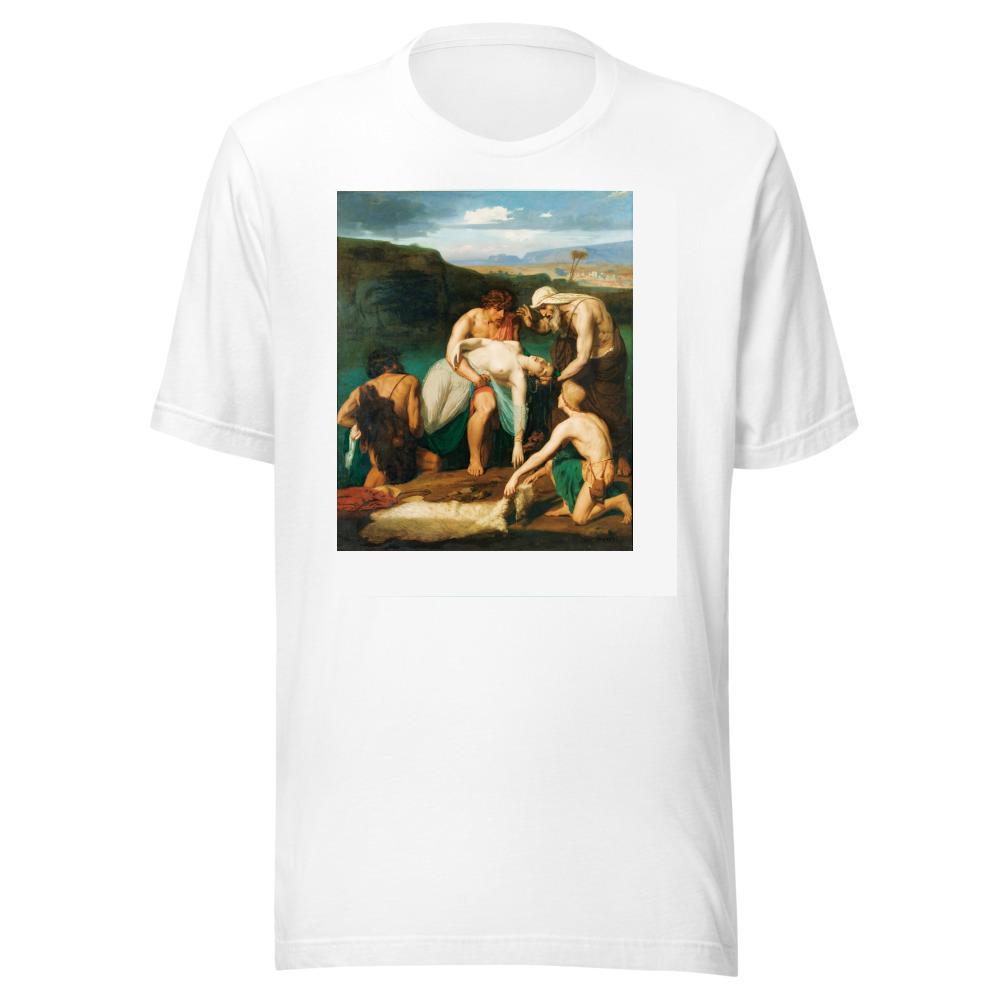
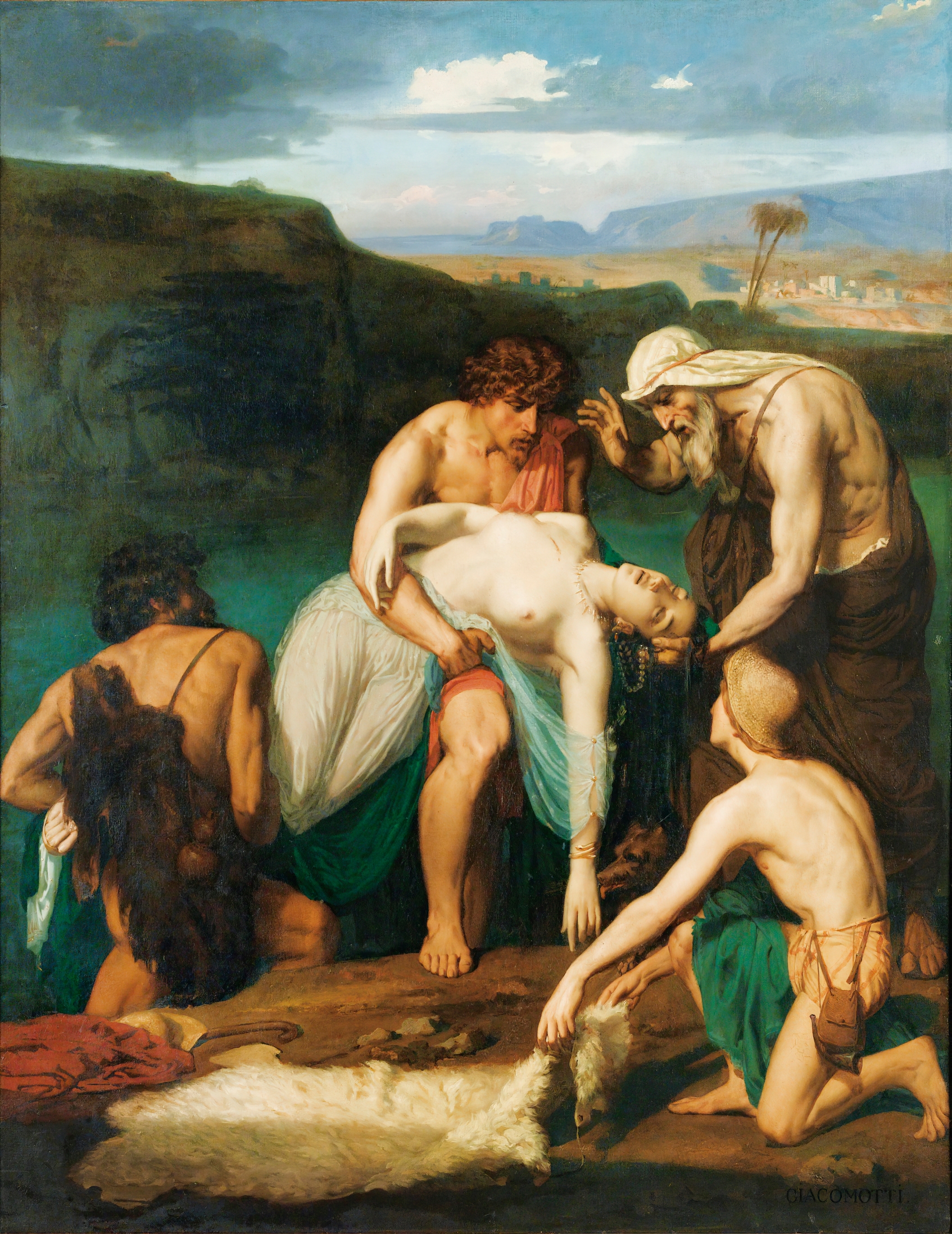
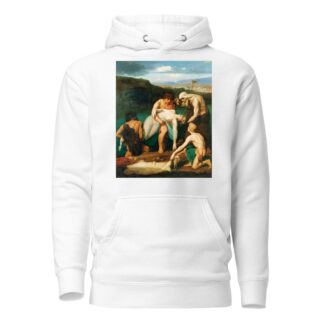
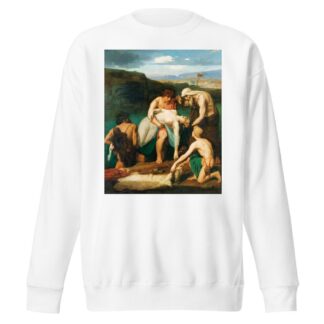
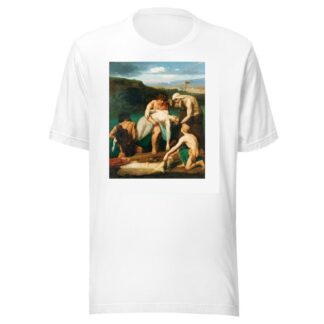
Reviews
There are no reviews yet.